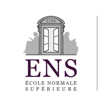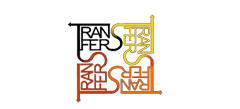Abstract
One of the best-known visual manifestations of nineteenth-century Latin America is costumbrismo, a genre that describes social types and popular subjects. Scholarship has usually understood this genre as an illustration of early Republican times produced by the gaze of European artists, proposing a hierarchical structure in relation to the production and consumption patterns of these images. Following the path opened in the last decade by new studies, this paper contributes to the ongoing debates on costumbrismo, by examining the role played by a South American network of historians and collectors modeling identity narratives throughout the twentieth-century.
Recommended Citation
De la Maza, Josefina; Juan Ricardo Rey Márquez; Catalina Valdés; and Carolina Vanegas Carrasco. "Art Collectors in Network and Identity Narratives: Contributions to a Cartography of the Genre of Types and Costumes in South America." Artl@s Bulletin 5, no. 1 (2016): Article 6.
Included in
History of Art, Architecture, and Archaeology Commons, Latin American Languages and Societies Commons






